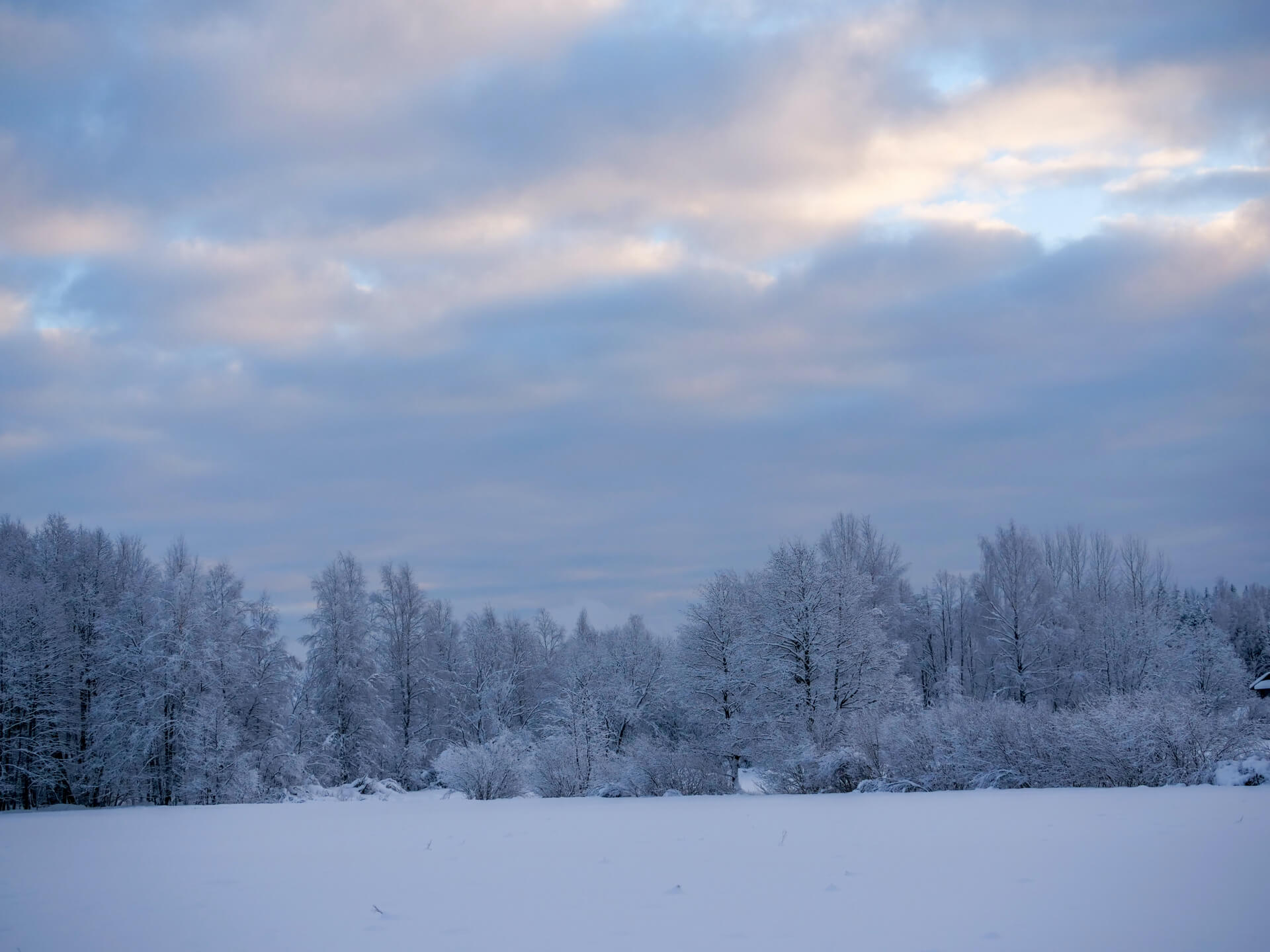Learn how to beautifully dance
the TOP Spin
This page gives detailed information on how to dance the Top Spin in the Slow Foxtrot.
It includes the requisite timing, steps, footwork, alignment, movement, turn, sway, rise & fall and hold — for both the Man/Leader and the Lady/Follower, as per “The Ballroom Technique” publication.
It also contains notes, tips and advice that has been manually collated and typed in, from a variety of online and offline sources, as well as a compilation of (3rd party) YouTube videos demonstrating and teaching how to do a beautiful Top Spin!
The Top Spin is usually a pre-bronze level Foxtrot figure. For the full list of Foxtrot figures corresponding to each medal level, as per the Imperial Society for Teachers of Dancing (ISTD), see the Figure List for Foxtrot.
Top Spin (Man)
Commence at a corner in OP, facing DW.
| # | Steps | Alignment | Moving | CBM | Turn | Sway | Rise & Fall | Position | |||
| 1 | 1 | Q | LF back in CBMP | T | Backing LOD | against LOD | 1/8 to L (before 1) | Up | OP | ||
| 2 | 2 | Q | RF back | T | Backing DW against LOD | DW against LOD | 1/8 (1→2) | Up | Closed | ||
| 3 | 3 | Q | LF to side & slightly fwd | T | Pointing DC of new LOD | New Centre / DC | 1/4 (2→3) body turns less | R | Up. | Closed | |
| 4 | 4 | Q | RF fwd in CBMP | T H | Facing DC | DC | R | Up. Lower e/o 4 | OP |
Technical Notes (for the Man)
before step 1,
- Neither full weight transfer nor full lowering will occur on final step of preceding figure
In step 5,
- Body will complete turn on step 1 of the following figure.
Top Spin (Lady)
Commence in Closed Position, facing LOD.
| # | Steps | Alignment | Moving | CBM | Turn | Sway | Rise & Fall | Position | |||
| 1 | 1 | Q | RF fwd in CBMP | T | Facing LOD | against LOD | 1/8 to L (before 1) | OP | |||
| 2 | 2 | Q | LF fwd | T | Facing DW against LOD | DW against LOD | 1/8 (1→2) | Up | Closed | ||
| 3 | 3 | Q | RF to side & slightly back | T H | Backing new LOD | Backing new LOD | 1/8 (2→3) | L | Up. | Closed | |
| 4 | 4 | Q | LF back in CBMP | T H | Backing DC | Backing DC | 1/8 (3→4) body turns less | L | Up. nfr Lower e/o 4 | OP |
Technical Notes (for Lady)
Before step 1,
- Neither full weight transfer now lowering will occur on the final step of the previous figure
In step 5,
- body will complete turn on step 1 of following figure
General Notes
See also general technical notes on Foxtrot technique, and also general Modern Ballroom technique.
Preceding Figures x
Commenced backing LOD (as described above)
| Bronze | 1-3 Natural Turn |
| Silver | 1-6 Reverse Wave |
| Gold | 1-3 Curved Feather to Back Feather & Feather Finish |
Commenced backing DW
(turning 1/8 less between steps 1-2)
| Silver | Open Natural Turn |
Following Figures x
Ended Facing DC (as described above)
| Bronze | Reverse Turn 1-4 Reverse Turn to Basic Weave |
| Silver | Closed Telemark Open Telemark Outside Swivel Reverse Wave |
| Gold | Bounce Fallaway with Weave Ending Fallaway Reverse & Slip Pivot |
Ended Facing LOD (having rounded a corner)
| Bronze | Three Step Change of Direction 1-4 of Reverse Turn to Basic Weave |
| Silver | Outside Swivel Reverse Wave Top Spin |
Ended Facing DW of new LOD (having rounded a corner)
| Bronze | Three Step Change of Direction 1-4 of Reverse Turn to Basic Weave |
| Silver | Outside Swivel Reverse Wave Top Spin |
List of Abbreviations
| Timing | S: Slow Q: Quick |
| Steps | RF: Right foot LF: Left foot fwd: forward diag: diagonally CBMP: Contra Body Movement Position i/e: inside edge |
| Footwork | T: Toe H: Heel F: Flat |
| Turn | L: Left R: Right cont: continue com: commence |
| Alignment & Moving | LOD: Line of Dance DC: Diagonal Centre DW: Diagonal Wall |
| Rise & Fall | NFR: no foot rise com: commence cont: continue e/o: end of |
| Position | OP: outside Partner PP: Promenade Position CPP: Counter Promenade Position PO: Partner outside |
| Sway | L: Left R: Right F: Forward |
For a more detailed explanation of terms and abbreviations, see the Glossary.
Demonstrations
These 3rd party (external) demonstration videos typically show the Closed Impetus and Feather Finish being performed from different angles, perspectives and speeds. However, they generally have little or no commentary or explanation.
For videos that also include commentary and tips that are aimed at assisting you perform the figure properly, see the next section “Tutorials”.
